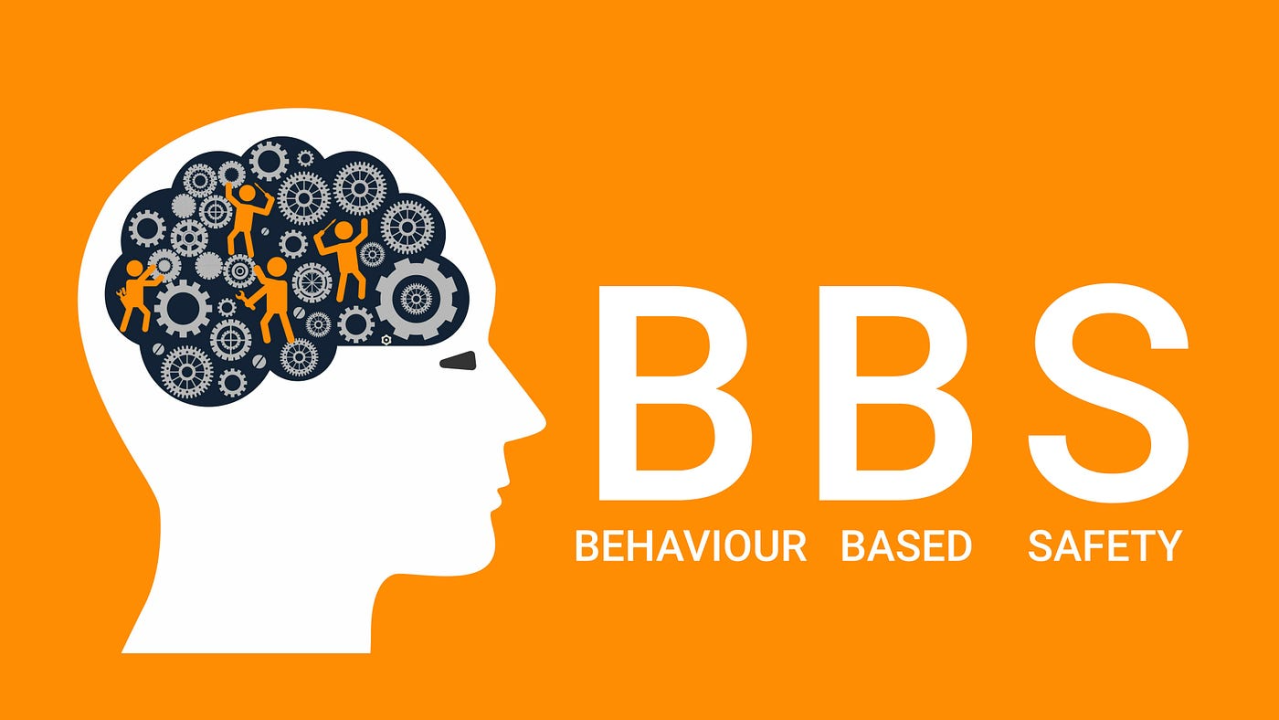Behavior-based safety (BBS) is an approach that focuses on observing and modifying employee behaviors to reduce workplace accidents and promote a safe working environment. By understanding the human factors that contribute to unsafe practices, organizations can implement strategies that encourage safe behaviors, reinforce positive actions, and create a culture where safety is everyone’s responsibility.
What is Behavior-Based Safety?
Behavior-based safety is a systematic approach to improving safety performance by:
- Observing Behaviors: Identifying safe and at-risk behaviors through direct observation.
- Providing Feedback: Offering constructive, real-time feedback to reinforce positive behaviors and address unsafe practices.
- Engaging Employees: Involving all levels of the organization in safety discussions, promoting accountability, and empowering individuals to take ownership of their actions.
- Data-Driven Decision Making: Collecting and analyzing behavioral data to identify trends and develop targeted interventions.
Key Components of a BBS Program
1. Observation and Data Collection
- Behavioral Observations: Trained observers conduct regular, structured observations of work practices to identify both safe and at-risk behaviors.
- Data Recording: Observations are documented and analyzed to pinpoint common unsafe behaviors and opportunities for improvement.
2. Feedback and Reinforcement
- Positive Reinforcement: Acknowledge and reward safe practices to encourage repeat behavior.
- Constructive Feedback: Provide immediate, non-punitive feedback on unsafe actions, emphasizing the importance of change and continuous improvement.
3. Employee Involvement and Engagement
- Team Involvement: Encourage workers to participate in safety meetings, share insights, and offer suggestions for improvement.
- Peer Observations: Utilize team members to observe each other’s behaviors, fostering a supportive and collective responsibility for safety.
4. Leadership Commitment
- Modeling Behavior: Leaders must demonstrate a commitment to safety by consistently following and enforcing safe practices.
- Open Communication: Promote an environment where employees feel comfortable discussing safety concerns and reporting near-misses without fear of retribution.
5. Continuous Improvement
- Regular Reviews: Periodically review behavioral data to assess the effectiveness of the BBS program and identify areas for improvement.
- Training and Development: Provide ongoing training to ensure that employees understand safe behaviors and are equipped with the skills needed to perform their tasks safely.
Benefits of Behavior-Based Safety
Implementing a BBS program offers several advantages:
- Reduced Incident Rates: Focusing on behavior helps to prevent accidents before they occur by addressing unsafe practices proactively.
- Enhanced Safety Culture: A BBS approach fosters a culture where safety is valued, and every employee is engaged in the process.
- Improved Communication: Regular feedback and open dialogue contribute to better understanding and quicker resolution of safety issues.
- Data-Driven Insights: Analyzing behavioral trends allows organizations to target interventions more effectively, ultimately improving overall safety performance.
Implementing a Successful BBS Program
Step 1: Establish a Clear Vision
- Define what safe behavior looks like within your organization.
- Set measurable goals and performance indicators to track progress.
Step 2: Train Observers and Employees
- Provide comprehensive training on observation techniques, feedback methods, and the principles of behavior-based safety.
- Ensure that all employees understand the objectives of the BBS program and their role in making the workplace safer.
Step 3: Launch and Monitor the Program
- Begin with pilot projects or targeted areas to fine-tune the observation and feedback process.
- Use collected data to refine safety interventions and celebrate improvements.
Step 4: Review and Adjust
- Regularly assess the effectiveness of the BBS program through safety audits, incident analysis, and employee feedback.
- Adapt the program as needed to meet evolving safety challenges and organizational goals.
Conclusion
Behavior-based safety is more than just a program—it’s a cultural shift that places the focus on proactive risk management through the observation and modification of behaviors. By engaging employees, reinforcing positive actions, and leveraging data-driven insights, organizations can significantly reduce workplace incidents and foster a sustainable culture of safety.
Adopting a behavior-based safety approach not only helps in preventing accidents but also empowers employees to be active participants in creating a safer work environment. Ultimately, this proactive strategy leads to improved safety performance, higher morale, and long-term operational excellence.
Discover more from HSEProHub
Subscribe to get the latest posts sent to your email.



